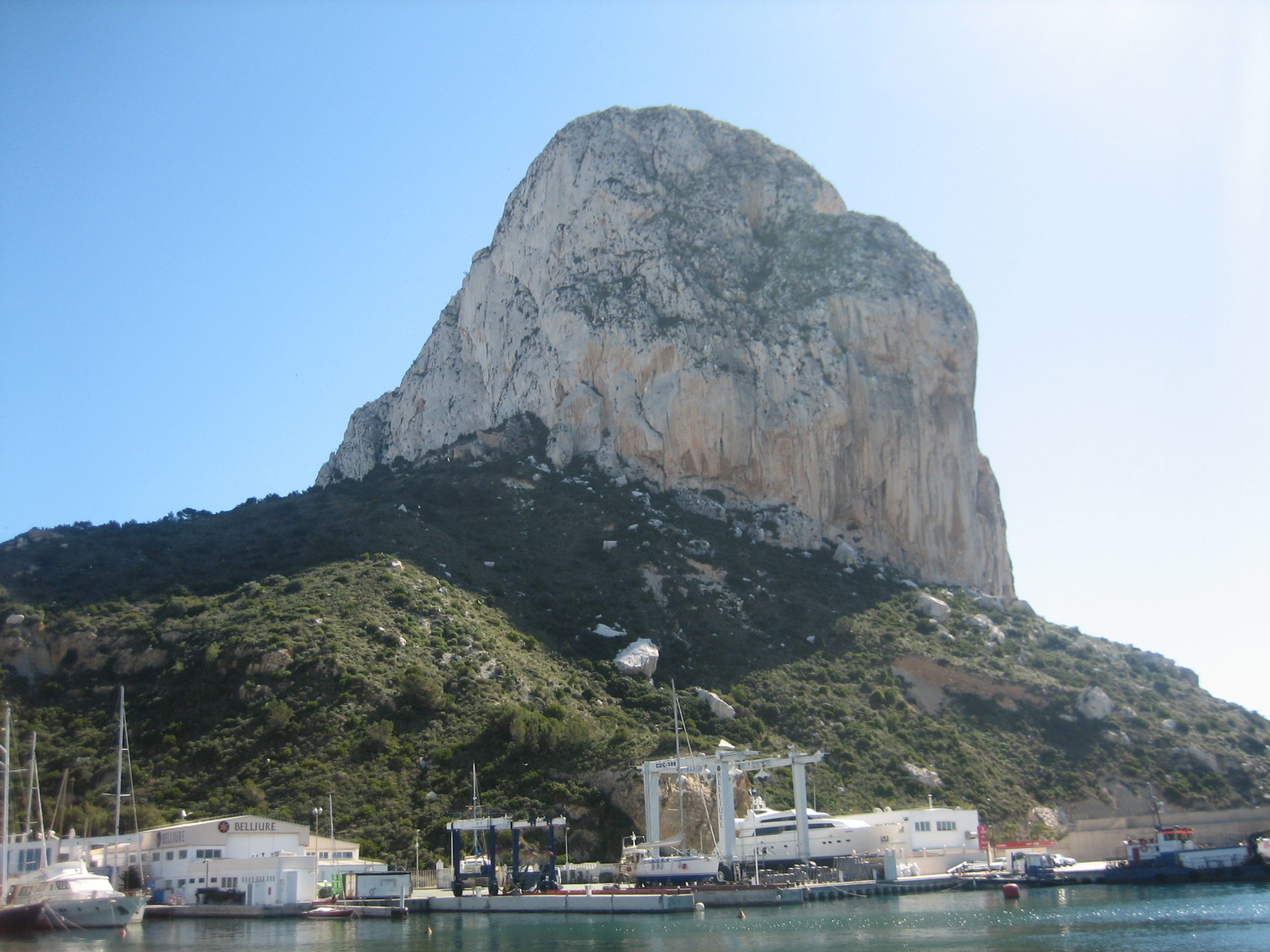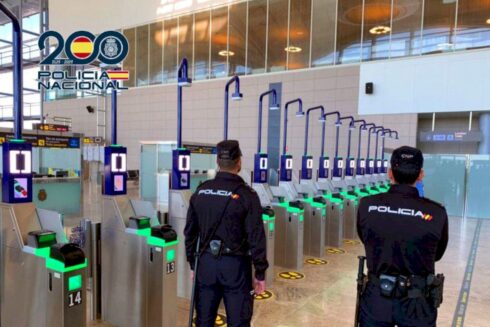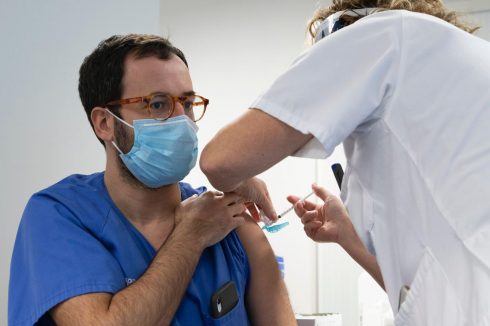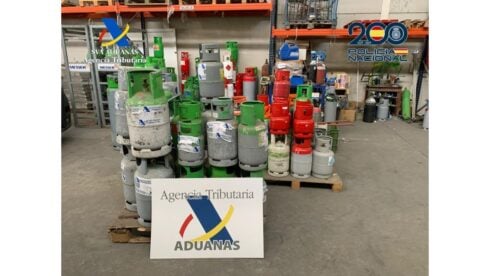UP to 45 beaches throughout the Valencian Community have been granted top marks in a new environmental study by the regional government.
The autonomous community’s 454 kilometres of coastline have been classified and given a grade from 2 to 10 according to their ecological and scenic value.
According to the research carried out by the Generalitat, which took a whopping 40 years to complete, stretches of beach marked with a 10 are those that are ‘totally natural and with exceptional value, or practically unspoilt’ and which deserve the maximum degree of environmental protection.
Most of the 45 areas to be granted this honour are located in Alicante Province, including 10 in Javea alone and running all along the calas – Moraig, Granadella, Cabo La Nao and others.
The coastline between Javea and Denia, the Penyal d’Ifac in Calpe, Cap Negret in Altea, part of the Serra Gelada in Benidorm, Tabarca island off the coast of Alicante city, Torrevieja’s Molino del Agua and several stretches in Guardamar also receive the top grade.

Castellon Province also scores very highly. Peñiscola leads the charge with five stretches given top marks from the Barranc de Sant Antoni to Cala Blanca, while Vinaros, Alcala de Xivert, Oropesa and of course the highly valuable Columbretes Islands claiming the top spots.
With regards to Valencia Province, Sagunto, the capital city and l’Auir beach between Xeraco and Gandia all boast maximum grades.
Next on the list are the areas graded with an 8, featuring spots that have an interesting morphology but with a slight human alteration, such as clifftop construction.
Grade 6 increases the level of human alteration to include stretches with higher town planning pressure and elements such as breakwaters that are designed to protect the coast but have an impact on the shoreline.
Level 4 features areas with a high level of alteration including beaches that have received sand deposits from elsewhere, such as Tavernes (La Safor, Valencia), which is prone to erosion.
Finally, areas with grade 2 are those that have been ‘extremely altered’ and as such are of little environmental value. No examples of these more damaged stretches of coastline were given by the department in charge of the study.
According to spokespeople for the regional government, the research will enable a clearer understanding of each area in order to design a more respectful tourism model and mitigate the effects of climate change.
Click here to read more News from The Olive Press.








